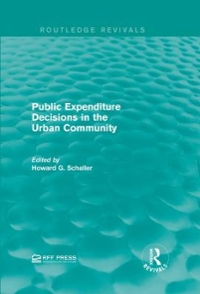Question
Suppose that James loves rice (R) and beans (B) such that his utility function is given by U(R, B) = R^1/4 B^3/4. His income is
Suppose that James loves rice (R) and beans (B) such that his utility function is given by U(R, B) = R^1/4 B^3/4. His income is $20 each week. Rice and beans cost $1 and $2 per pound, respectively.
1) Specify two bundles of rice and beans for which James is indifferent between.
2) What is the budget constraint?
3) What is the price ratio between rice and beans?
4) Graph the Budget Constraint.
5) What is the marginal rate of substitution between rice and beans?
6) The optimal relationship between rice and beans is derived when the marginal rate of substitution is
equal to the price ratio. Use this relationship to determine the optimal allocation of rice and beans.
7) Graph the utility function on the graph with your budget constraint, indicating the optimal allocation of rice and beans
Step by Step Solution
There are 3 Steps involved in it
Step: 1

Get Instant Access to Expert-Tailored Solutions
See step-by-step solutions with expert insights and AI powered tools for academic success
Step: 2

Step: 3

Ace Your Homework with AI
Get the answers you need in no time with our AI-driven, step-by-step assistance
Get Started


